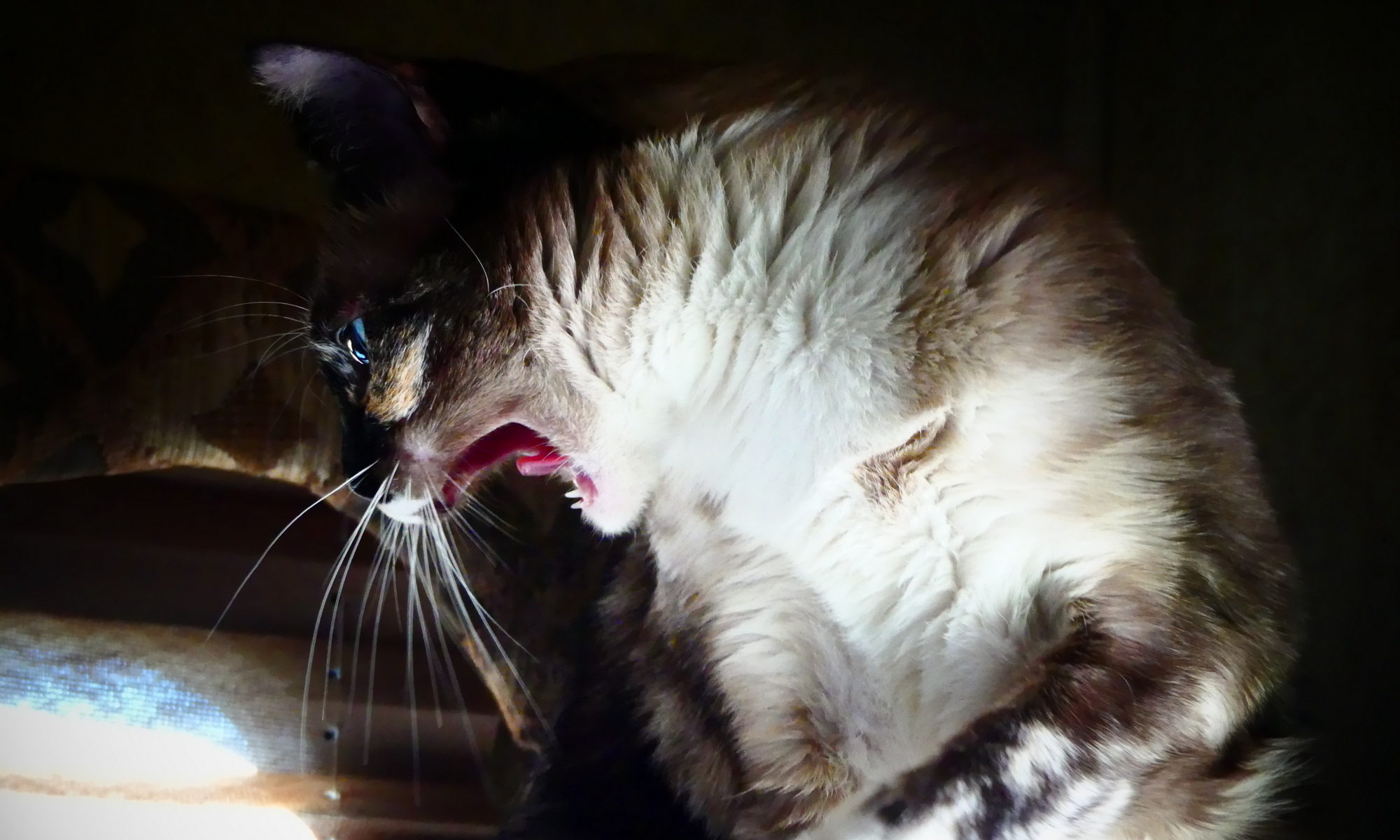Gung Hay Fat Choy loosely translates as “congratulations and be prosperous”.
Lunar New Year, also known as Chinese New Year. The festivities begin with the new moon on the first day of the first month of the Chinese calendar. It ends fifteen days later on the full moon and is celebrated by the Lantern Festival.
Follow me below the fold for the pictures and traditions.
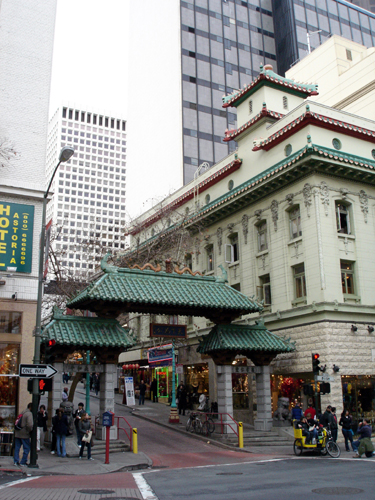
While the celebration has undergone many changes, there are still traditions.
It is the year of the hare or rabbit. According the handbill I was given:
In Chinese astrology, people take on the characteristics of the animal that rules the year of their birth. Those characteristics can also be seen in the year itself. The Year of the Hare or Rabbit will be quiet year, very much needed after the ferocious Year of the Tiger. On the world stage, persuasion, diplomacy and reasonable concessions become possible. At home, the focus will be on entertainment and enjoyment.
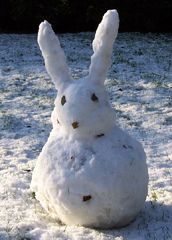
People born in the Year of the Hare are gracious, quiet and artistic and tend to be very lucky in business and monetary transactions. Although considerate and modest, they can be moody and like to put their own needs first. Hares are most compatible with those born in the Year of the Sheep or Boar.
Famous people born in the Year of the Hare: Orson Wells, Albert Einstein, Fidel Castro, Henry Miller, Bob Hope, Brad Pitt, Confucius, Marie Curie, and Queen Victoria.
According to Wikipedia:
According to tales and legends, the beginning of Chinese New Year started with the fight against a mythical beast called the Nian. Nian would come on the first day of New Year to devour livestock, crops, and even villagers, especially children. To protect themselves, the villagers would put food in front of their doors at the beginning of every year. It was believed that after the Nian ate the food they prepared, it wouldn’t attack any more people. One time, people saw that the Nian was scared away by a little child wearing red. The villagers then understood that the Nian was afraid of the colour red. Hence, every time when the New Year was about to come, the villagers would hang red lanterns and red spring scrolls on windows and doors. People also used firecrackers to frighten away the Nian. From then on, Nian never came to the village again. The Nian was eventually captured by Hongjun Laozu, an ancient Taoist monk. The Nian became Hongjun Laozu’s mount.
The first day: This day is for the welcoming of the deities and officially begins at midnight. This is also a most important time when families go visit the most senior members of the family. This is also a time when the adults and seniors give red envelopes, called hong bao, to the children and teenagers. They contain money and it’s a way for the adults to give blessings and well wishes.
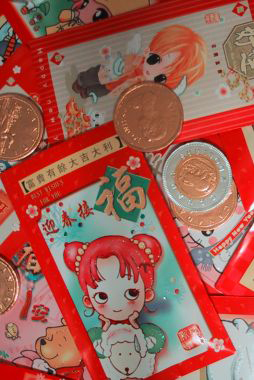
The second day: Since married daughters may not have the time to visit with family often, this is the day she visits her parents. Families also pray to their ancestors and the gods. Note for pet lovers: This is the day that dogs get extra food and kindness. It is believed that the second day is the birthday of all dogs.
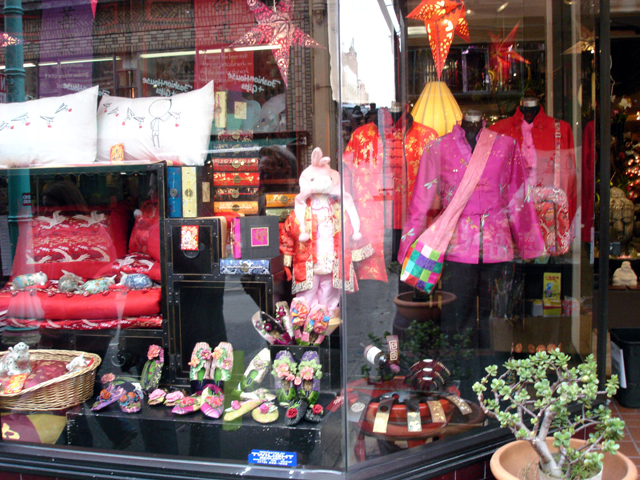
The third day and fourth day: This is the day for sons-in-law to pay their respects to the parents-in-law.
The fifth day is called Po Woo. On that day people stay home to welcome the God of Wealth. No one visits families and friends on the fifth day because it will bring both parties bad luck.
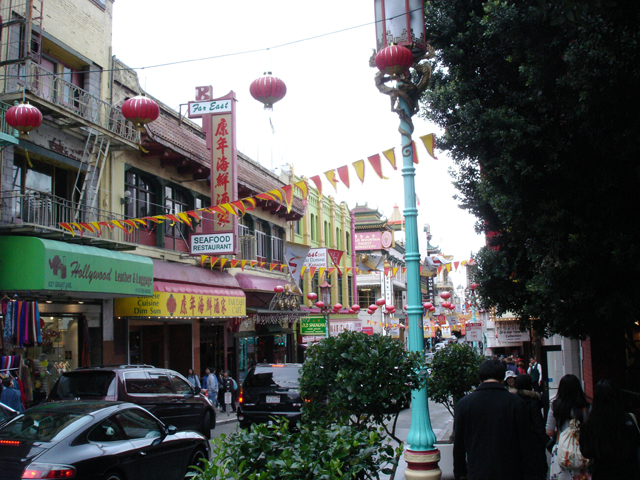
The sixth day (through the 10th day) Friends and relatives resume visiting and socializing.
The seventh day is considered the birthday of human beings. Noodles are eaten to promote longevity and raw fish for success. This is also the day for farmers to display their produce.
The seventh day of the New Year is the day for farmers to display their produce. These farmers make a drink from seven types of vegetables to celebrate the occasion.
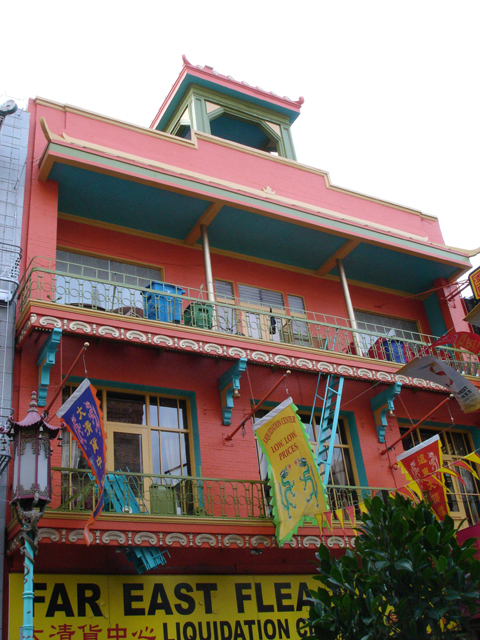
On the eighth day the Fujian people have another family reunion dinner, and at midnight they pray to Tian Gong, the God of Heaven.
The ninth day of the Lunar New Year is that families gather together for dinner and make offerings to the Jade Emperor.
The tenth through the twelfth days it’s tradition to have friends and relatives over for dinner.
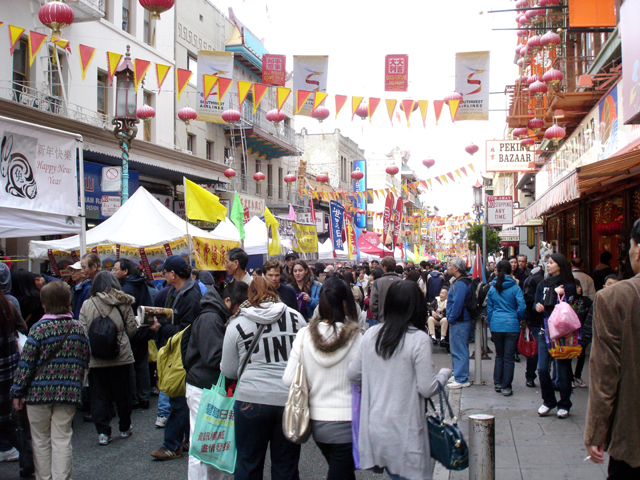
The thirteenth day is the day day you should have simple rice congee and mustard greens (choi sum) to cleanse the system.
The fourteenth day is spent getting ready for the lantern festival.
The fifteenth day is the final day of the New Year celebration and it occurs on the full moon. This is the day of the Lantern Festival.
According to the Chinese Culture Center of San Francisco, of the legends for the origin of the Latern Festival is this:
In one such legend, the Jade Emperor in Heaven was so angered at a town for killing his favorite goose, that he decided to destroy it with a storm of fire. However, a good-hearted fairy heard of this act of vengeance, and warned the people of the town to light lanterns throughout the town on the appointed day. The townsfolk did as they were told, and from the Heavens, it looked as if the village was ablaze. Satisfied that his goose had already been avenged, the Jade Emperor decided not to destroy the town. From that day on, people celebrated the anniversary of their deliverance by carried lanterns of different shapes and colors through the streets on the first full moon of the year, providing a spectacular backdrop for lion dances, dragon dances, and fireworks.
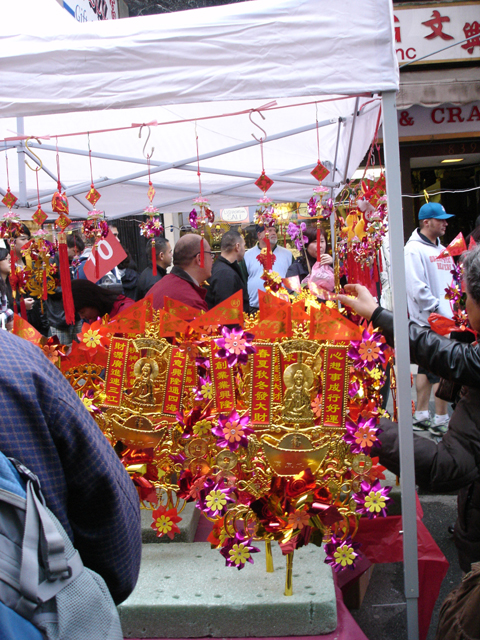
They also had this to say about the modern version:
Master craftsmen will construct multicolored paper lanterns in the likeness of butterflies, dragons, birds, dragonflies, and many other animals; these accentuate the more common, red, spherical lanterns. Brilliantly-lit floats and mechanically driven light displays draw the attention of the young and old alike. Sometimes, entire streets are blocked off, with lanterns mounted above and to the sides, creating a hallway of lamps. Some cities in North China even make lanterns from blocks of ice! And just as in days gone by, the billion-watt background sets the scene for dragon and lion dances, parades, and other festivities.
This was just the beginning of the celebration. I will try to get more pictures soon.
